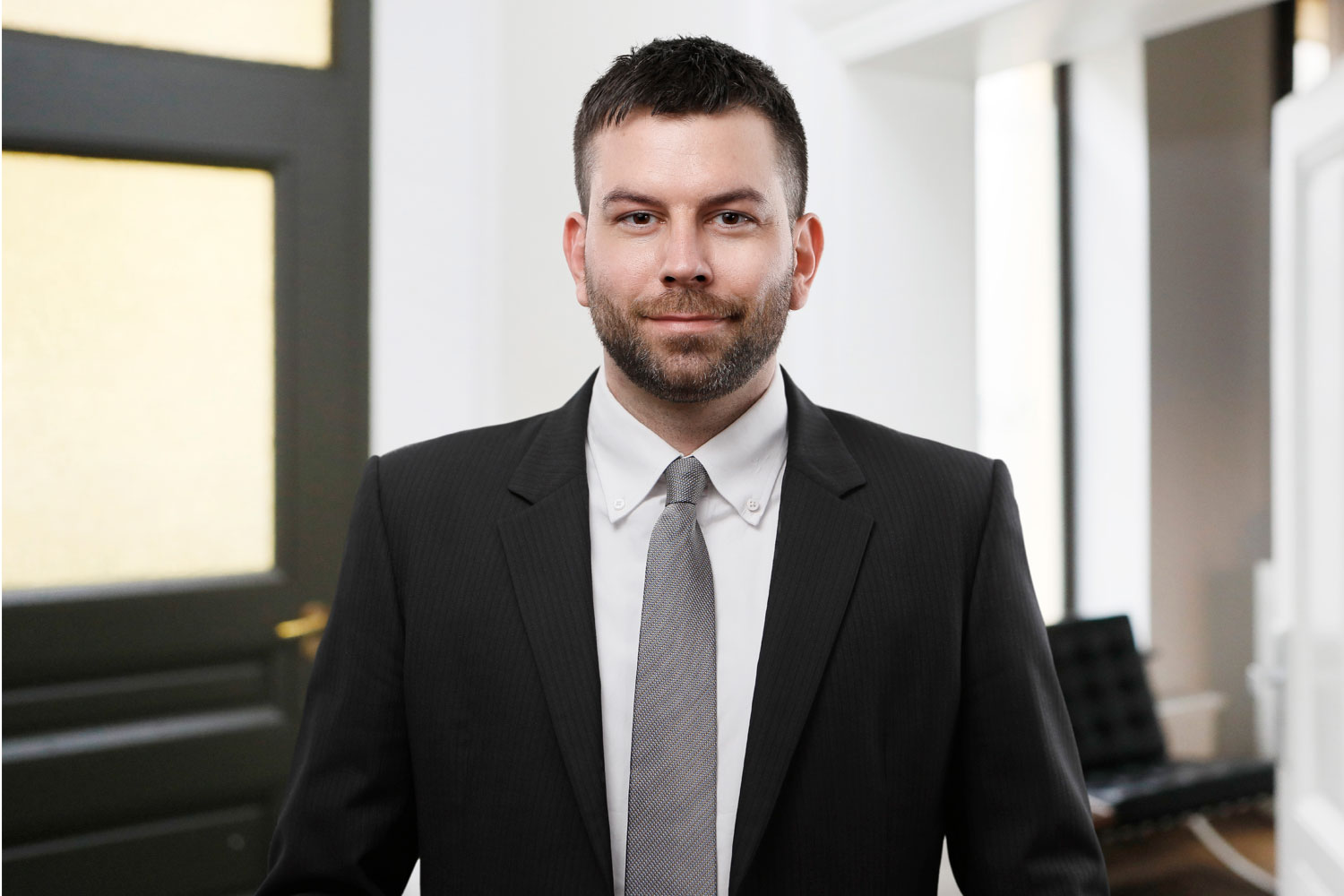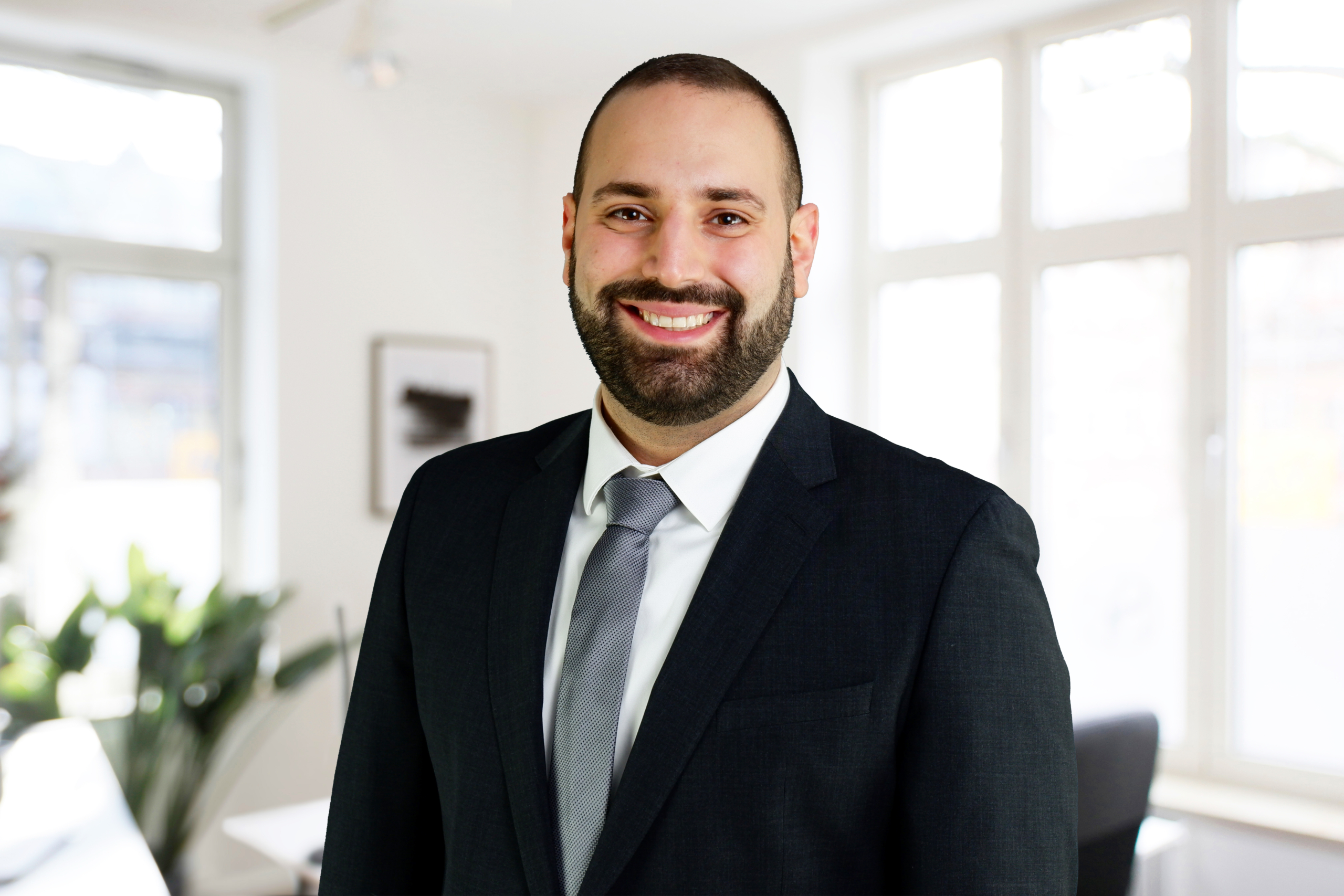The fact that pictures are published on social networks and new platforms without the permission of the author, or the person depicted, has become a daily occurrence. Since such publication violates copyrights on the one hand and personal rights on the other, it must by no means be accepted by those affected. German copyright law and data protection law offer possibilities to stop such unwanted publications. This protection applies to photo coverage of celebrities and the commercialisation of photographs for advertising purposes.
As a multidisciplinary full-service law firm, we support photographers, graphic designers, models, photo agencies, and other companies enforcing copyrights. In addition, we represent persons who have received a warning letter from the copyright holder due to the allegedly unauthorised use of other people’s photos, images, or graphics.
Cost efficiency for our clients is our top priority – therefore, we first try to reach an out-of-court settlement with the opposing party. However, if such a solution with the other party is not possible, we will vigorously enforce your rights in court.
The Right to your Own Image in Germany
If you intend to publish a photo depicting people, you must always consider the right to your image. It is irrelevant whether the picture in question is a portrait photo, a street scene, a photo of a public demonstration, a sports event, or a concert.
The right to one’s image is part of the “right of personality”, a fundamental right to which every person is entitled and according to which every person can decide for themselves whether they want to be photographed and whether this image may be published at all. It was first formulated by the German Art Copyright Act (KunstUrhG), which came into force as early as 1907 and was replaced by the Copyright Act in 1966.
Today, only §§ 22 and 23 KunstUrhG are relevant to the right to one’s image. § 22 KunstUrhG stipulates that portraits may only be disseminated or publicly displayed with the person’s consent: In case of doubt, consent shall be deemed given if the person portrayed received remuneration for having themself shown. After the death of the person depicted, the permission of the person’s relatives is required for a period of 10 years. Relatives within the meaning of this Act are the surviving spouse or civil partner and the children of the person depicted and, if there is neither a spouse nor civil partner nor children, the parents of the person depicted.
In summary: Portraits of persons may only be published and circulated with the prior consent of the person depicted – regardless of whether it is a portrait photograph of a single person or a street scene involving several people. Consent is required as soon as the person is recognisable based on the external appearance depicted. The recognisability can be based on realistically visible physical features (face, hair colour or even posture). However, it is also sufficient that conclusions about the identity of the person depicted can be drawn solely from the accompanying caption or from the objects shown in the photo (house, car, accessories, etc.).
The Model Contract: The Need for Written Consent
Before taking and publishing street photographs and, even more so, pictures of people, photographers should always provide the persons to be depicted with written consent (a “model release”) for signature, which precisely defines the type and scope of the utilisation.
Even if consent can be given verbally, you are always safe with a model contract, as only consent given in writing ultimately has the necessary probative force. According to the applicable case law, the photographer must determine who the person depicted is and whether they agree to the picture being taken, even if this requires extensive research. However, the person depicted is not obliged to object to taking the picture.
The scope of the consent given is decisive for the lawfulness of publication: Was the image only allowed to be used in a specific medium (newspaper, book, website, etc.), or were there no restrictions in this respect? Was extended use possibly subject to additional remuneration?
Parental Consent for Photos of Minors
Especially in the fashion industry, there is a trend towards young models. However, if people under the age of 18 are photographed, parental consent must always be obtained. It is always up to the photographer to ensure that the age given by the model is correct.
Image Theft: Copyright Infringements and their Consequences
The person depicted can quickly act against an unauthorised publication of an image through a warning letter from a lawyer, demanding that the photographer/user issue a cease-and-desist declaration and pay the costs of the warning letter (i.e., lawyers’ fees).
In cases where the publication is considered a severe violation of the personal rights of the person depicted (e.g., in the case of unauthorised publication of intimate photos), a claim for damages for pain and suffering exists without further ado.
Right to One’s Own Image: Exceptions to the Consent Requirement
To ensure that the freedom of the press and the freedom of art are not disproportionately restricted by the consent requirement of § 22 KunstUrhG, § 23 KunstUrhG provides for the following exceptions for publication without consent:
- Portraits from the field of contemporary history,
- Images in which persons appear only as accessories next to a landscape or other location,
- Images of meetings, processions, and similar events in which the persons depicted have taken part, and
- Portraits which have not been made to order provided that the dissemination or display serves a higher artistic interest.
Who is Considered a Person of Contemporary History?
The consent of the person depicted is not required if the photograph in question is a portrait of contemporary history to ensure the public’s right to be informed about events of general importance.
Whether a person must accept publishing their image in a specific case depends mainly on the type and degree of interest in information worthy of protection. And this must be reweighed from case to case.
Therefore, the distinction between absolute and relative persons of contemporary history, as used in practice as a basis for decisions, is a practical rule of thumb for a rough assessment of this publication interest worthy of protection.
An absolute person of contemporary history is in the public eye for their entire activities. Usually, celebrities from politics, business, science and research, art, sport, and entertainment fall into this category. Those persons are of high interest to the public due to their excellent social position. It does not matter whether their significance for contemporary history is based on generally recognised merits or condemnable misdeeds. However, the rank as a person of modern history may be limited in time. If a celebrity has not found a permanent place in the lexicons or history, they lose status as an absolute person of contemporary history.
However, relative persons of contemporary history have only been in the media spotlight for a limited period, e.g., due to a sensational event. Consequently, the right to use photographs extends only to reporting the event in question and only as long as the public interest is affirmed. After that, the person concerned has the right to regain their former anonymity. Relative persons of contemporary history are, for example:
- Family members, as well as accompanying persons of contemporary history, if involved in the event,
- Criminals and victims of crime as well as all other persons involved in legal proceedings (such as judges, public prosecutors, lawyers, witnesses, persons suspected of criminal offences, persons involved in accidents, police officers, etc.) as well as
- Persons who have temporarily become the focus of public attention due to outstanding achievements or particularly negative behaviour.
Whether a person is to be classified as a relative or absolute person of contemporary history can only be determined on a case-by-case basis by carefully weighing interests and goods. In doing so, the publication of a picture and the accompanying text must not violate the right of personality of the person depicted by devaluing them in any way, making fun of them, or even making them look contemptible.
When is a Person Considered an Accessory to the Main Subject?
A person is an accessory if the photograph’s main subject is clearly the landscape or the surroundings and not the person himself. If the person can be omitted without changing the subject and character of the picture, it is considered an accessory. This does not apply, of course, if the person depicted is removed from their anonymity and becomes the recognisable focus of the picture. A generally valid demarcation is not possible here, as with the other exceptions: for each photo, it must be carefully examined what is to be considered the central motif and what is to be considered an accessory.
Portraits of Gatherings of People
Another exception to § 23 KunstUrhG is portraits of public events. Anyone participating in such events must accept the risk of being depicted in a picture. This applies to public demonstrations, carnival processions, sporting events, concerts, and congresses. However, passengers on public transport or sunbathers on a public lawn are excluded from this exception. In these cases, participation is not considered to be voluntary but the result of chance.
The following conditions must be met for publication and exploitation without consent:
- The event must be demonstrably a public event that is freely accessible. At sporting events, concerts and other indoor events organised by private organisers, it is customary to include corresponding notices in the event terms and conditions that strictly prohibit photography during the event. Consequently, prior permission from the organiser would be necessary for an exception. This is generally granted for press photographers if a corresponding accreditation is available.
- The occasion of the event must be recognisably in the foreground of the photograph. Individuals or groups of participants must not appear as detached (from the anonymity of the crowd). However, an exception is a speaker at a public demonstration who is generally regarded as a relative person of contemporary history (within the meaning of § 23 I No. 1 KunstUrhG ).
Image Rights Check with Schlun & Elseven: Publishing Images in a Legally Secure Manner
Unauthorised use of photos carries the risk of considerable legal consequences in Germany and, above all, can be expensive for the user. If there are doubts about consent, it is advisable to obtain the explicit consent of the person depicted in advance or to use an alternative image that does not require such approval. If you are unsure about the image rights in an upcoming publication and want personal legal advice, please do not hesitate to contact us.

Practice Group: German Intellectual Property Law
Practice Group:
German Intellectual Property Law
Contact our Lawyers for German Intellectual Property Law
Please use our online form to outline your request to us. After receiving your request, we will make a brief initial assessment based on the facts described and provide you with a cost offer. You can then decide whether you would like to engage our services.









